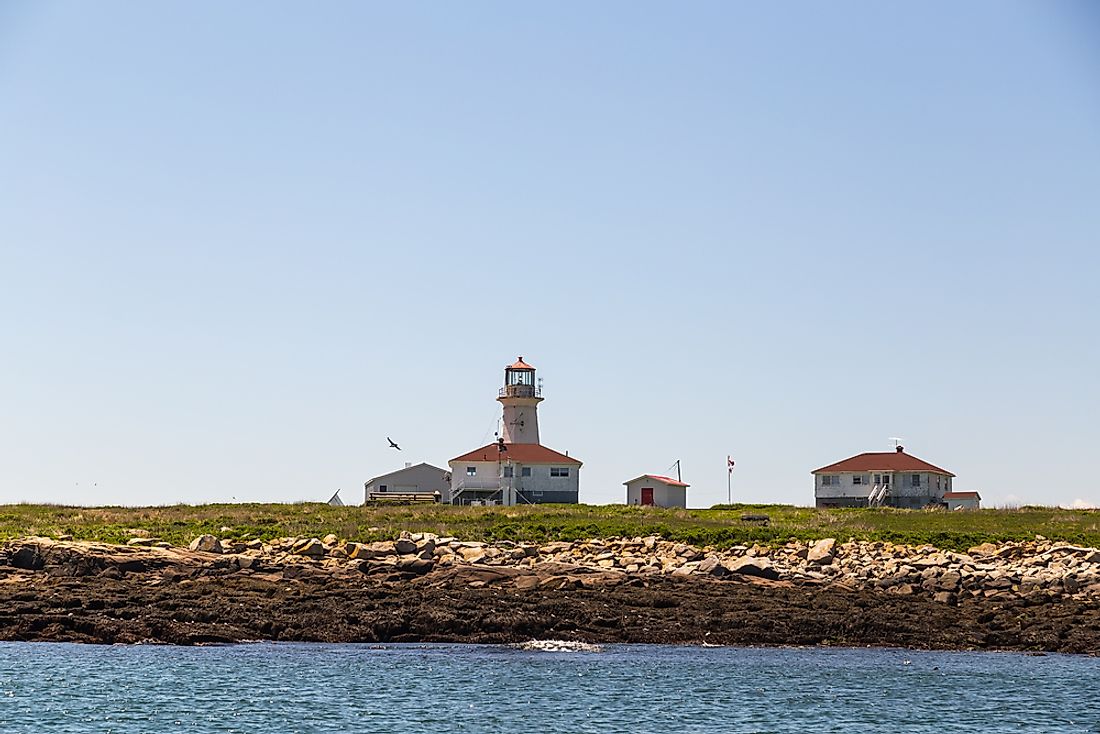What Was the Aroostock War?

The Aroostook War or the Pork and Beans War took place between 1838 and 1839 between the US and the UK. It is sometimes referred to as an international incident instead of a war due to the fact that both the military and civilians were involved, and no one was killed. The main contention was because of an international boundary dispute between the state of Maine and the British colony of New Brunswick. Diplomatic negotiations led to the two parties signing an agreement and demarcating a permanent border.
Border Dispute
The border dispute arose because the Treaty of Paris (1783) that ended the American Revolutionary War did not clearly define the border between the US and British North America (Canada) leading to the Commonwealth of Massachusetts to use land grants in its Maine District including territories that Britain claimed. In 1794, the two parties set up a commission to determine the boundary but in 1798, the commission left its work without finalizing the details. For eight months during the War of 1812, Britain occupied most of eastern Maine with the intentions to permanently annex the area. The 1814 Treaty of Gent ended the War of 1812 and defined some of the disputed regions.
In 1820, Maine separated from Massachusetts to become a state and the main concern of the new government was the location and status of the border as the new state inherited a large portion of the disputed area. Maine administrated the disputed area for years leading to tensions with New Brunswick. During the 1830 census, Maine documented residents of the disputed area and assessed if they were considered to be British trespassers. Some of the residents living along the west bank of the Saint John River at Madawaska requested to be part of Maine during this process, a request that the New Brunswick militia and authorities did not like and violent confrontation almost broke out, save for arbitration by King William I of the Netherlands. In 1835, UK rescinded their early acceptance of the King’s compromise boundary and suggested another boundary, which resulted in threats of military action from both sides.
The Crisis
By 1938, both parties were administrating parts of the disputed territory resulting to several possessions, arrests, militia mobilization, and conflicts like the Battle of Caribou. Both sides deployed armed militia and military to the disputed territory before the respective national governments stepped up discussions to avert military action. Between 1938 and 1939, both sides were on constant alert and military standby.
Diplomacy
British diplomat Baron Ashburton and US Secretary of State Daniel Webster led the diplomatic negotiations that resolved the conflict. Webster started by spreading propaganda messages aimed at convincing Maine leaders to compromise and prepare themselves for a permanent solution. Initially, Maine maintained that it had a right to use military force, a right that the US federal government assumed control over after the crisis. Diplomatic measures finalized with the signing of the Webster–Ashburton Treaty of 1842 which established a boundary that allocated most of the disputed area to Maine and the UK got a connection vital for military operations between Lower Canada and its Atlantic colonies. The UK also got a commercial right-of-way that allowed Britain passage through Maine to and from southern New Brunswick or Nova Scotia.











